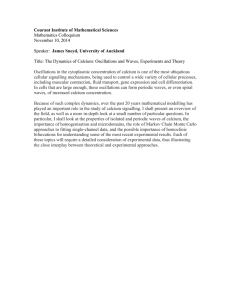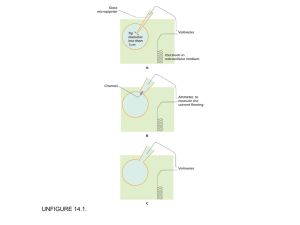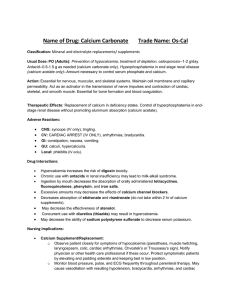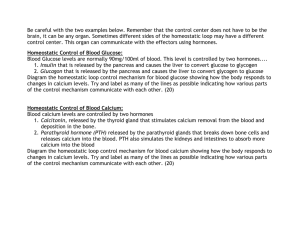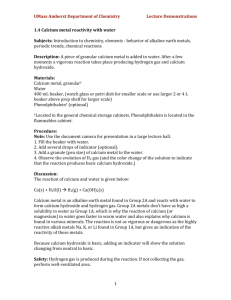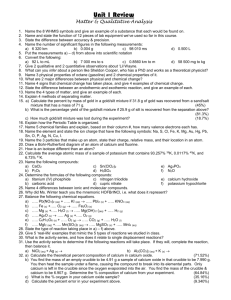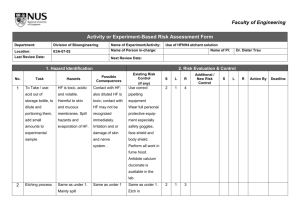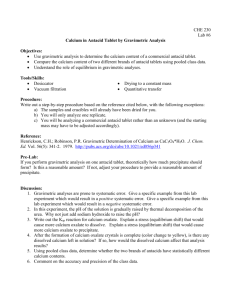Fiber Optic Single Cell Drug Screening
advertisement
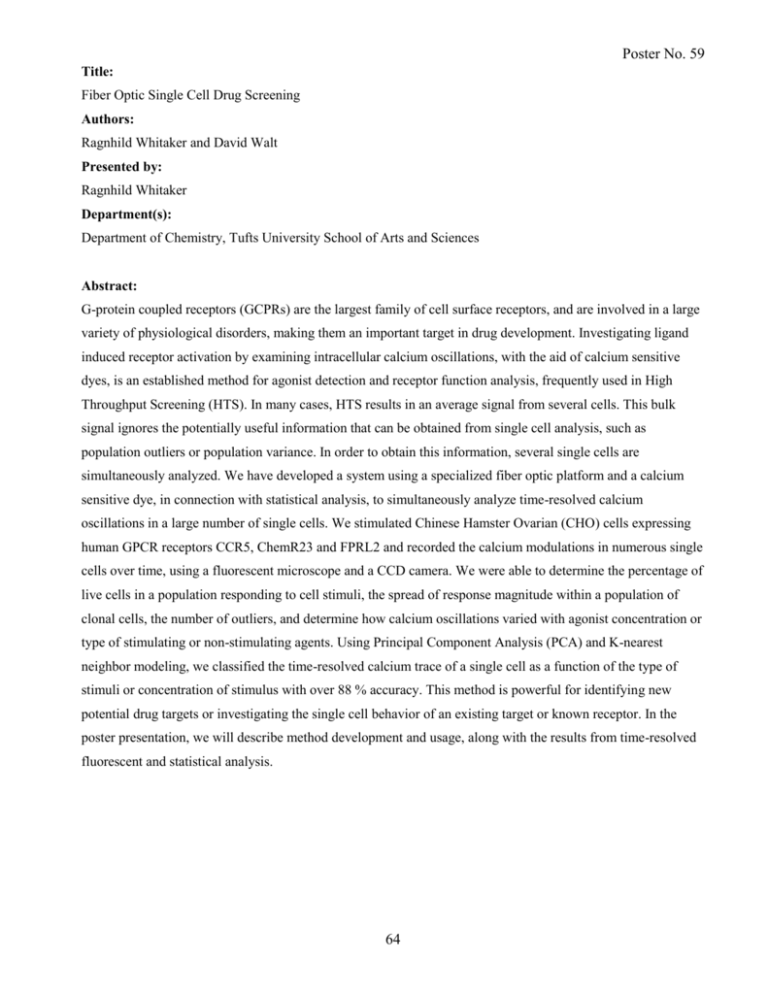
Poster No. 59 Title: Fiber Optic Single Cell Drug Screening Authors: Ragnhild Whitaker and David Walt Presented by: Ragnhild Whitaker Department(s): Department of Chemistry, Tufts University School of Arts and Sciences Abstract: G-protein coupled receptors (GCPRs) are the largest family of cell surface receptors, and are involved in a large variety of physiological disorders, making them an important target in drug development. Investigating ligand induced receptor activation by examining intracellular calcium oscillations, with the aid of calcium sensitive dyes, is an established method for agonist detection and receptor function analysis, frequently used in High Throughput Screening (HTS). In many cases, HTS results in an average signal from several cells. This bulk signal ignores the potentially useful information that can be obtained from single cell analysis, such as population outliers or population variance. In order to obtain this information, several single cells are simultaneously analyzed. We have developed a system using a specialized fiber optic platform and a calcium sensitive dye, in connection with statistical analysis, to simultaneously analyze time-resolved calcium oscillations in a large number of single cells. We stimulated Chinese Hamster Ovarian (CHO) cells expressing human GPCR receptors CCR5, ChemR23 and FPRL2 and recorded the calcium modulations in numerous single cells over time, using a fluorescent microscope and a CCD camera. We were able to determine the percentage of live cells in a population responding to cell stimuli, the spread of response magnitude within a population of clonal cells, the number of outliers, and determine how calcium oscillations varied with agonist concentration or type of stimulating or non-stimulating agents. Using Principal Component Analysis (PCA) and K-nearest neighbor modeling, we classified the time-resolved calcium trace of a single cell as a function of the type of stimuli or concentration of stimulus with over 88 % accuracy. This method is powerful for identifying new potential drug targets or investigating the single cell behavior of an existing target or known receptor. In the poster presentation, we will describe method development and usage, along with the results from time-resolved fluorescent and statistical analysis. 64
